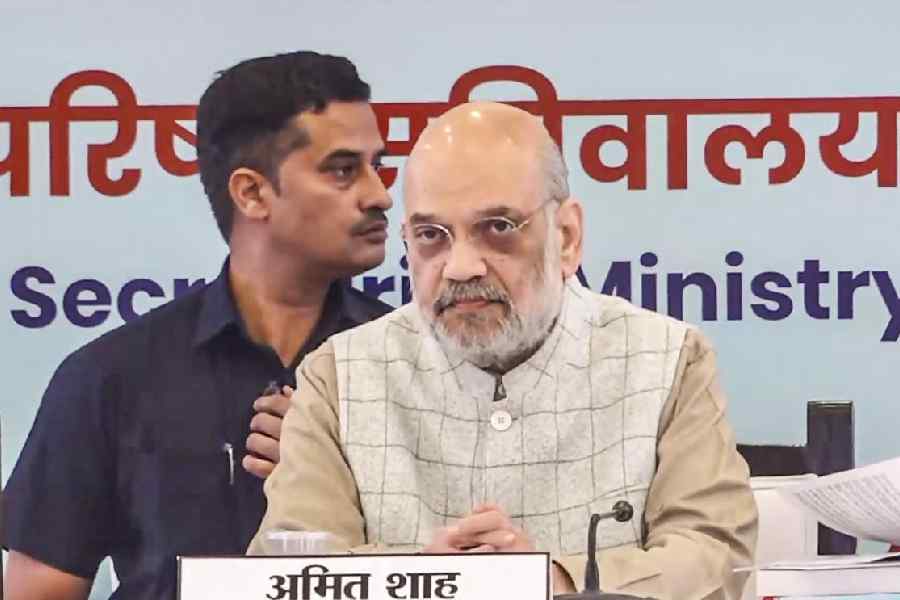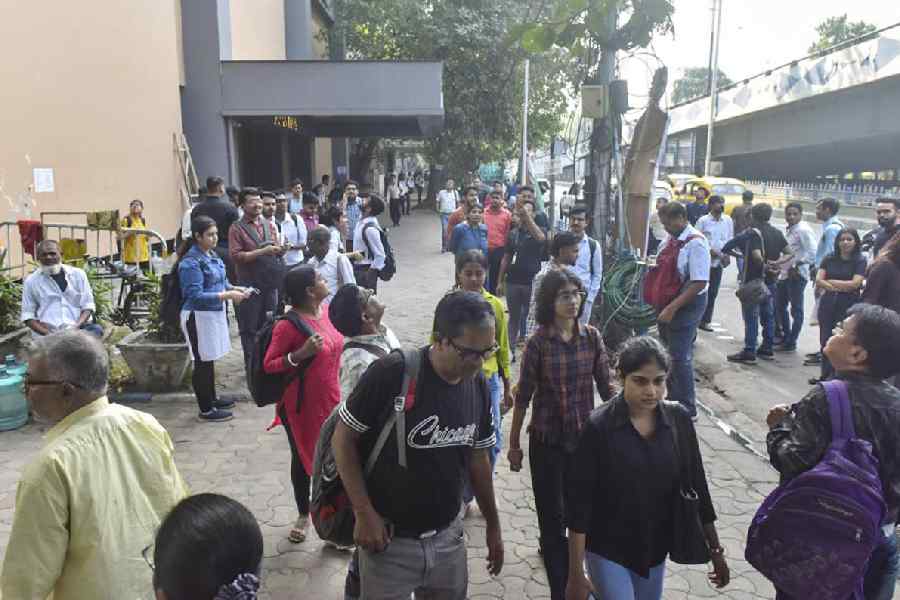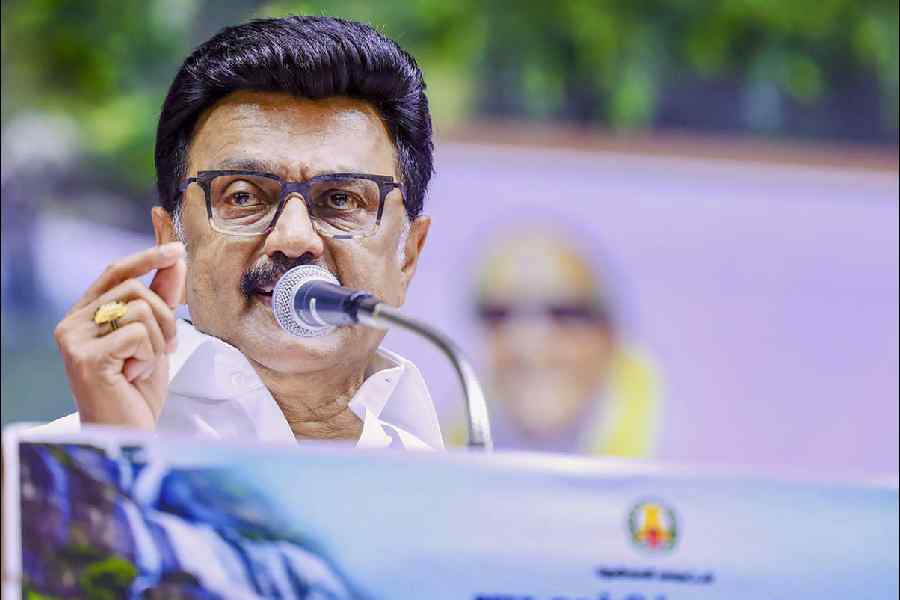The president, Droupadi Murmu, expressed her desire for an All India Judicial Services Examination to recruit individuals for judicial services through a centralised examination system. At present, Article 235 of the Constitution bestows the high courts with control over district and subordinate judiciary, including their recruitment, promotions and transfers. This power of the high court is meant to uphold the cardinal principle of the separation of the judiciary from executive interference.
Support for AIJS can be traced back to the First Law Commission, which endorsed the establishment of AIJS to enhance the efficiency of the subordinate judiciary in its Report on Reforms on Judicial Administration. However, this proposition was opposed by several states. In 1969, the Union government sought the opinion of the then Chief Justice of India, J. Hidayatullah, who expressed reservations about the feasibility of establishing AIJS.
It wasn’t until 1976 that the 42nd amendment to the Constitution inserted a provision for AIJS applicable to both the Union and the states in Article 312, which deals with the creation of one or more all India services. This amendment focused only on posts at or above the district judge level. This time, a fresh wave of reservations came from Manipur, Tamil Nadu and Kerala concerning the ceding of control of the high courts over the state judiciary. The 116th Law Commission Report acknowledged the concerns of these states but clarified that AIJS would only impact the initial recruitment, ensuring high courts’ continued control over the subordinate judiciary post-recruitment.
Interestingly, in contrast to the National Judicial Appointments Commission, the idea of a centralised AIJS has encountered minimal judicial resistance. In All India Judges Association vs Union of India, the Supreme Court urged the Union to assess the feasibility of establishing AIJS as recommended by the Law Commission. In 2017, the apex court, in a suo motu case, took a proactive stance on district judge appointments, advocating for a Central Selection Mechanism. The amicus curiae pushed for a common examination for all states, with high courts conducting interviews based on merit lists. The proposal aimed to address the challenge of persistent vacancies in the judiciary without compromising the powers of the high courts. It also recommended the introduction of a unified District Judge Recruitment Examination as a standardised assessment applicable across states.
Global practices indicate that countries administering judicial services entrance examinations require a prominent involvement of their Supreme Courts. For instance, the Supreme Court of Japan oversees the initial selection, reappointment, and promotion of assistant judges. Austria, Bangladesh, Egypt, Finland, France, Germany, Greece, Indonesia, Italy, Nepal, Netherlands, Singapore, Spain, Portugal and Sweden utilise examination and training programmes for judge selection. France stands out for its impressive case clearance rate and the efficacy of its judges which it attributes to its distinctive approach prioritising judicial education.
India could adopt a model featuring a chief justice-appointed Central Selection Committee. AIJS could usher in regularity in judicial recruitment and the promotion process. An annual and predetermined test could provide the slow cogs of the judiciary much-needed momentum, making judicial services a lucrative option for law students. The CSM can also address the current imbalance between the number of district judges promoted to high courts compared to appointments from the Bar. Additionally, the proposed examination would enable district-level judges to apply for higher judiciary positions across states.
The skeleton for AIJS has been provided in Article 312. But a farsighted approach needs to be adopted to give it flesh and blood.











